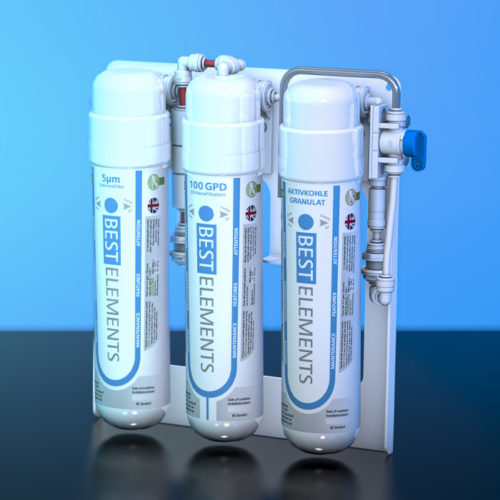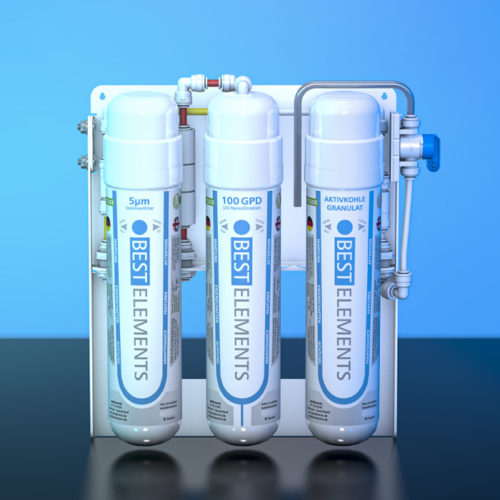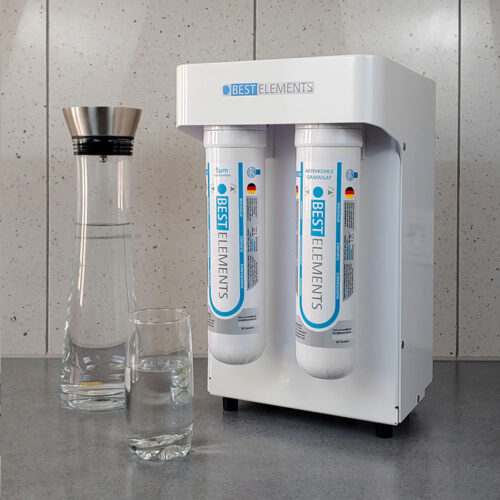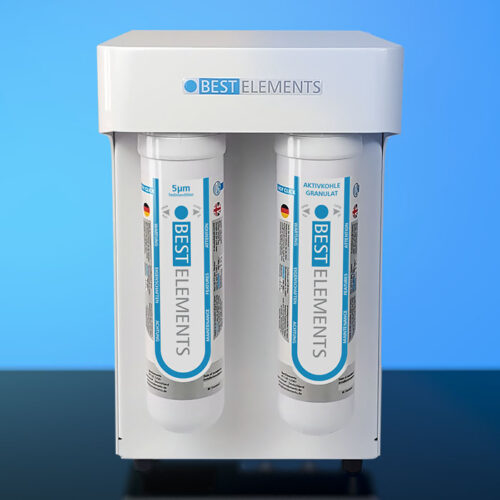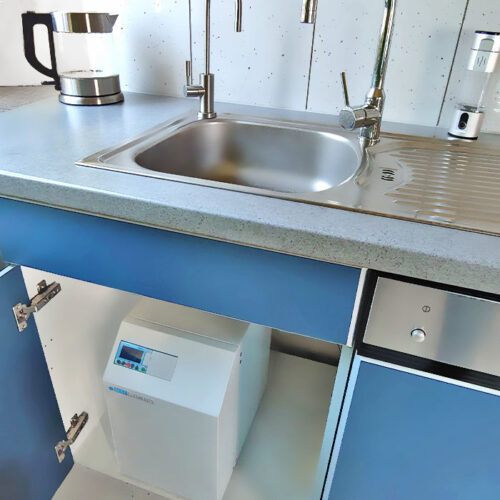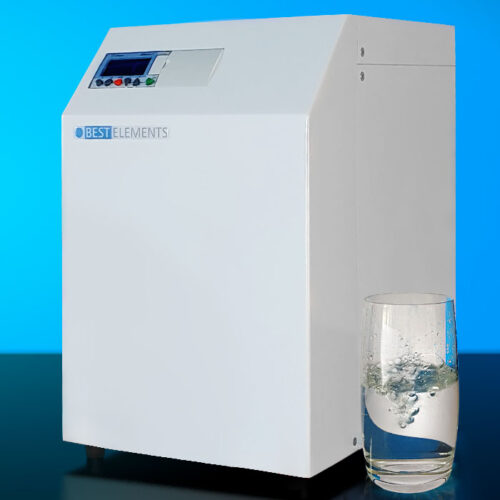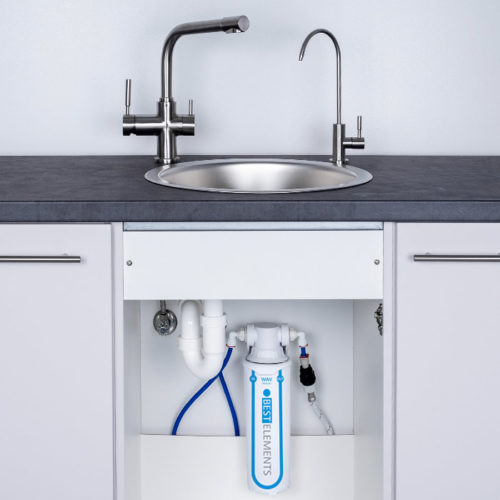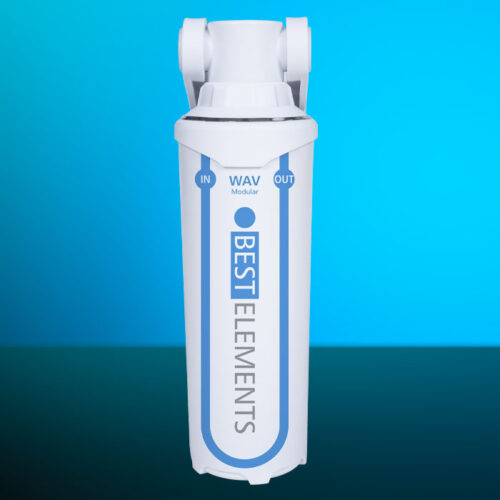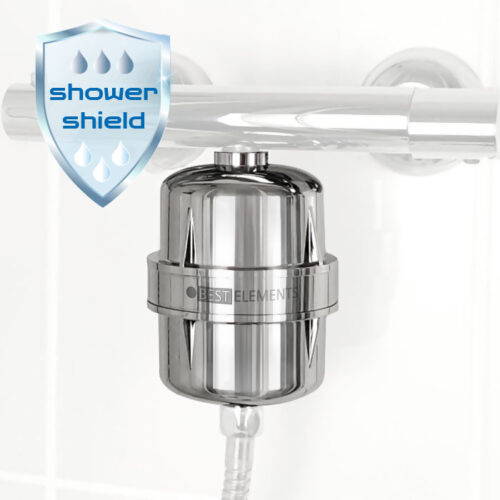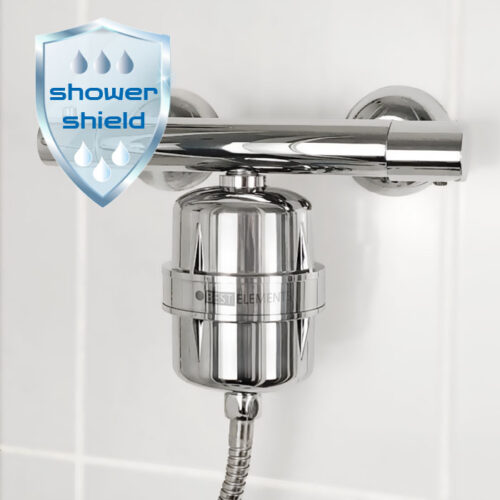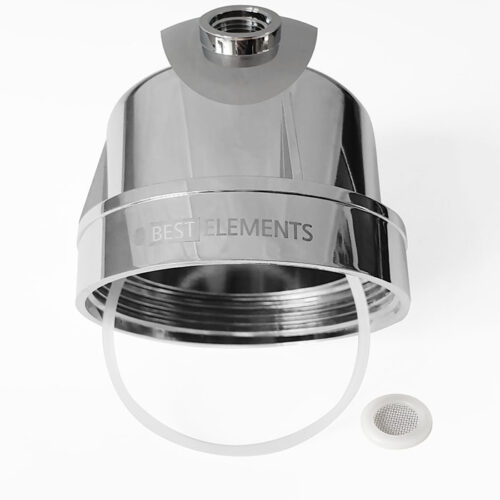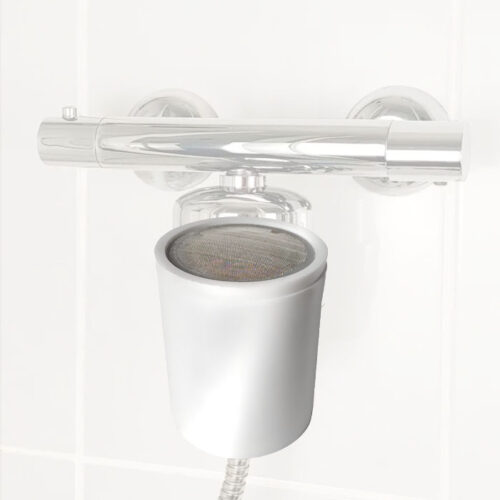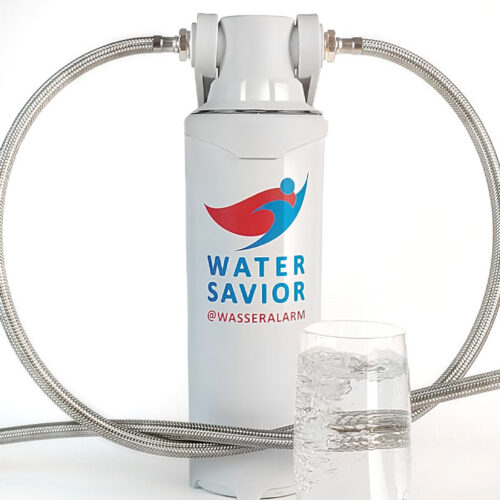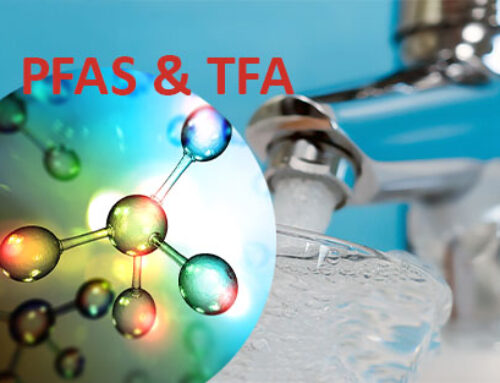Reverse osmosis filters are a very contemporary example of how modern technologies can improve our water quality. Reverse osmosis filtering filters out microorganisms that can contribute to diseases, hormone-like substances, and drug and drug residues from the water. The result is clear, pure drinking water.
1. What are reverse osmosis drinking water filters for?
Reverse osmosis drinking water filters are filtration technology for water treatment. They work by filtering out dirt particles, bacteria and other undesirable substances through a membrane. This membrane is made of robust polyethylene. The reverse osmosis filtering process has been used for decades to provide drinking water for use in private households and commercial facilities.
2. How do reverse osmosis drinking water filters work?
The demand for the best water filters is growing. Many people choose to filter their drinking water. Reverse osmosis filters can help improve both the taste and quality of the water. The water is passed through a membrane in a filter unit, which, like a sieve, only lets water molecules through and removes all possible impurities. Reverse osmosis filters are probably the most effective way to purify our drinking water. They are very effective as such filters also remove heavy metals, PFAS and other harmful chemicals from the water. Reverse osmosis filters have been used so effectively in a variety of applications for decades that reverse osmosis drinking water filters are now accepted as the standard method of treating drinking water in most countries.
3. What should you look out for before buying a reverse osmosis drinking water filter?
The drinking water supply in Germany is quite good, many people do not really notice what is in their drinking water. Nevertheless: Anyone who notices the contamination should keep an eye on the quality of the drinking water. Quality means that people know what is in their drinking water pipe and can decide accordingly. Therefore, you should definitely pay attention to the performance values, purity and details of the filter devices:
- The amount of filtered drinking water per unit of time is crucial
- Is it a direct flow technology without a tank
- Does the device have an electronic control?
- The purest materials with a long service life are used
- Was a high-quality membrane installed – the heart of the system – that does not have to be changed
- Where was the filter device manufactured
- Delivery with drinking water tap made of pure stainless steel without containing alloys
- Installation is easy
- Maintenance: How easy is it to change the pre-filters
4. How do I install my reverse osmosis drinking water filter?
Reverse osmosis drinking water filters are effective when it comes to purifying water. The reverse osmosis drinking water filter is very easy to install under the sink in the kitchen or mobile filter devices in individual places. If you follow the correct steps and follow the instructions, the device will be up and running in no time. Your regional plumbing / plumber will of course also help you with this. In the event of a move, the filter system can easily be dismantled and reconnected in the new home.
5. What about the water pressure?
Some osmosis filter systems for the self-sufficient area work from a water pressure of 0 bar, travel systems require from 1.5 bar and home filter devices work from a pressure of 0.5 bar. Most homes and offices have a tap water pressure of 2-3 bar.
6. What should one know about the pre-filters?
The pre-filters should be replaced regularly once a year. High-quality filter devices have the latest technology of high-quality membranes that do not have to be changed regularly.
7. How do I clean my drinking water filter?
Further cleaning is not necessary.
8. What is the advantage of reverse osmosis technology?
Reverse osmosis is the process of pumping water through a membrane filter to remove dirt, suspended solids, organic contaminants, metals, arsenic, lead, heavy metals, hormones, drug residues, nitrates, pesticides, herbicides, and other chemicals. If the water is pumped through the membrane filter, it comes out through the membrane on the ultrapure water side. The nanopores of this membrane filter the water and carry out these steps until there are no more impurities. Reverse osmosis technology is very popular because it combines the best of natural and technological worlds. Reverse osmosis is a technology that is mainly used for ultra-pure filtration through nanofiltration of water. Water treatment through membrane filtration. Treatment with complex procedures for the complete removal of pathogenic microorganisms.


